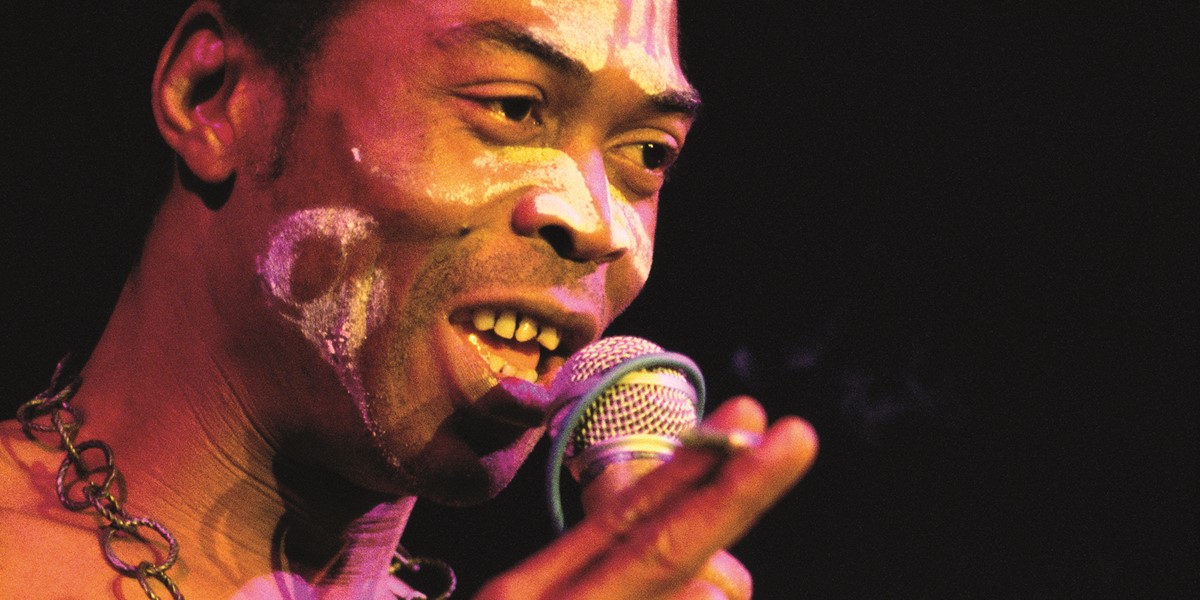Wednesday, December 21, 2022
The great musical genres of the 20th and 21st centuries
By Chris Moss
The music of the world has been constantly shaped by its wider contexts – from politics to economics and social movements. Here Chris Moss selects the most important genres to have been born across the last 100-plus years


Register now to continue reading

Thanks for visiting the Songlines website, your guide to an extraordinary world of music and culture. Sign up for a free account now to enjoy:
- Free access to 2 subscriber-only articles and album reviews every month
- Unlimited access to our news and awards pages
- Our regular email newsletters

